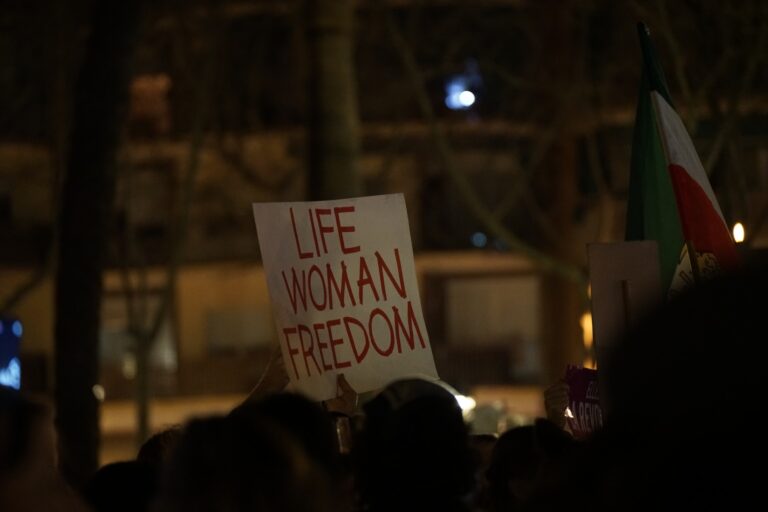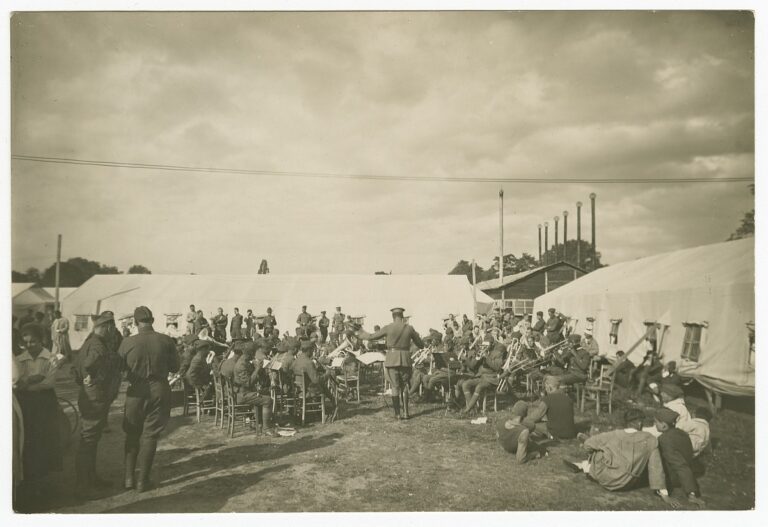The 1920s, famously known as the Roaring Twenties, was a transformative decade in American history. One of the defining features of this era was Prohibition, the nationwide ban on the production, sale, and transportation of alcoholic beverages. However, rather than eliminating alcohol consumption, Prohibition gave rise to a vibrant underground culture known as the speakeasy. Here, we will delve into the fascinating world of Prohibition and speakeasy culture, with a focus on New York City. Join us as we uncover the secrets and allure of this captivating era.
Prohibition
The temperance movement, which gained momentum in the late 19th century, advocated for the reduction or elimination of alcohol consumption. In 1919, the 18th Amendment was ratified, effectively initiating Prohibition. The aim was to improve societal morality, reduce crime, and enhance public health.
Contrary to the intentions of its advocates, Prohibition led to unintended consequences. The ban on alcohol created a lucrative underground market, with bootleggers and organized crime syndicates taking advantage of the demand. Speakeasies began to pop up across the country, offering a secret escape from the dry law.
The Rise of Speakeasies
Speakeasies, also known as blind pigs or gin joints, were clandestine establishments that operated illegally during the Prohibition era. These hidden venues became social hubs where people could gather to drink, dance, and revel in the forbidden pleasures of alcohol.
To gain entry into a speakeasy, patrons had to utter a secret password or be vouched for by a trusted insider. Once inside, they were transported to a world of Jazz Age glamour and hedonistic indulgence. Speakeasies offered live music, including jazz and blues, as well as extravagant cocktails crafted by skilled mixologists. The atmosphere was one of excitement, rebellion, and a sense of camaraderie among those in the know.

Crime and Fashion
The 1920s was a time of rebellion against traditional gender norms, and nowhere was this more evident than in the emergence of the flapper. Flappers were young, independent women who defied societal expectations with their short hair, bold fashion choices, and liberated attitudes. Speakeasies became the playgrounds where flappers could express themselves freely, dancing the Charleston and embracing a newfound sense of freedom.
Prohibition inadvertently gave rise to organized crime syndicates, such as the infamous Chicago Outfit and New York’s own Five Families. These criminal organizations seized the opportunity to profit from the illicit alcohol trade, establishing bootlegging operations and smuggling networks. Speakeasies often served as fronts for these criminal activities, with mobsters supplying the establishments with bootlegged alcohol.
New York City’s Speakeasy Culture
New York City was at the forefront of the Jazz Age and became a hotspot for speakeasies. From the vibrant neighborhoods of Harlem to the bustling streets of Manhattan, speakeasies were woven into the fabric of the city’s nightlife.
Several iconic speakeasies left an indelible mark on New York City’s history. The Cotton Club in Harlem attracted renowned African-American musicians, while the 21 Club in Midtown Manhattan catered to the city’s elite. Other notable venues included the Stork Club, the speakeasy of choice for celebrities, and the speakeasy hidden beneath the Hotel Pennsylvania known as the “21st Amendment.”

Choose Your Poison
While some speakeasies managed to obtain high-quality liquor through well-connected bootleggers, others had to make do with poorly distilled spirits and homemade concoctions. As a result, patrons often took their chances when indulging in a drink, never quite knowing what they would get.
The allure of the speakeasy scene, with its jazz music, dimly lit interiors, and secret passwords, often overshadowed the questionable quality of the alcohol being served. Despite the risks, speakeasies in New York City became an integral part of the city’s history, leaving behind a legacy of rebellion and innovation in the face of prohibition.
The End of an Era
The negative consequences of Prohibition, coupled with the Great Depression, led to a growing sentiment that the ban on alcohol had failed. In 1933, the 21st Amendment was ratified, officially repealing Prohibition.
The Roaring Twenties and the era of Prohibition left an indelible mark on American culture. The speakeasies of this time represented rebellion, a desire for freedom, and the pursuit of pleasure. The legacy of this era can still be felt today, with speakeasies making a resurgence in cities worldwide, offering a taste of the past and a nod to the enduring allure of the Roaring Twenties.
The Bottom Line
The Roaring Twenties was a time of contradictions, where the ban on alcohol gave rise to a hidden world of speakeasies. New York City played a central role in this captivating era, with its vibrant jazz scene and iconic venues. The legacy of Prohibition and speakeasies continues to fascinate and inspire people today, reminding us of the power of rebellion and the allure of the forbidden. Join us as we celebrate and explore the captivating world of the Roaring Twenties, where secrecy, jazz, and indulgence collided to create a cultural phenomenon.



